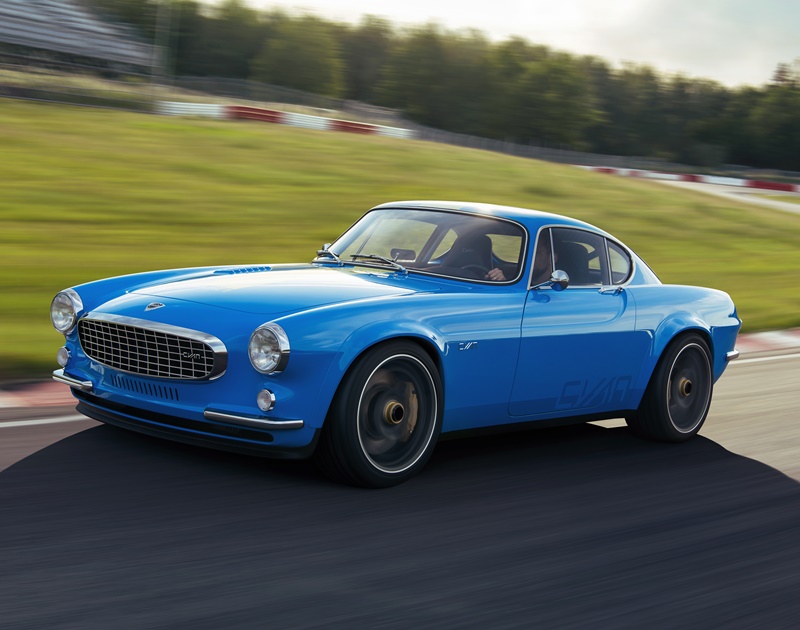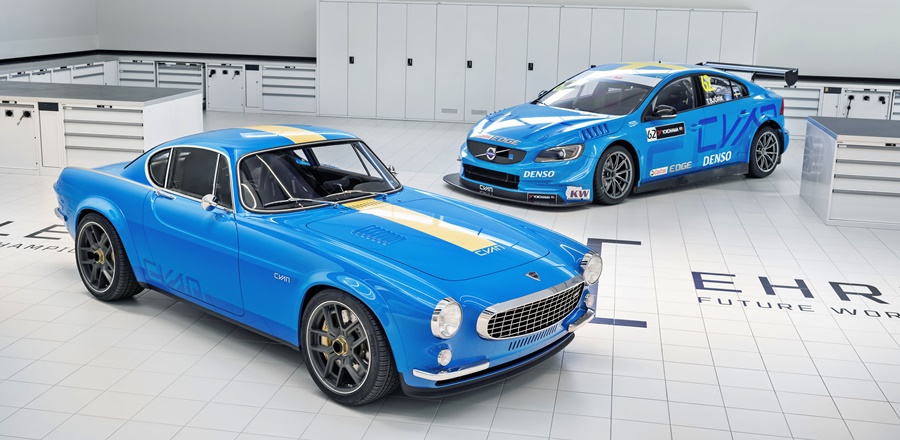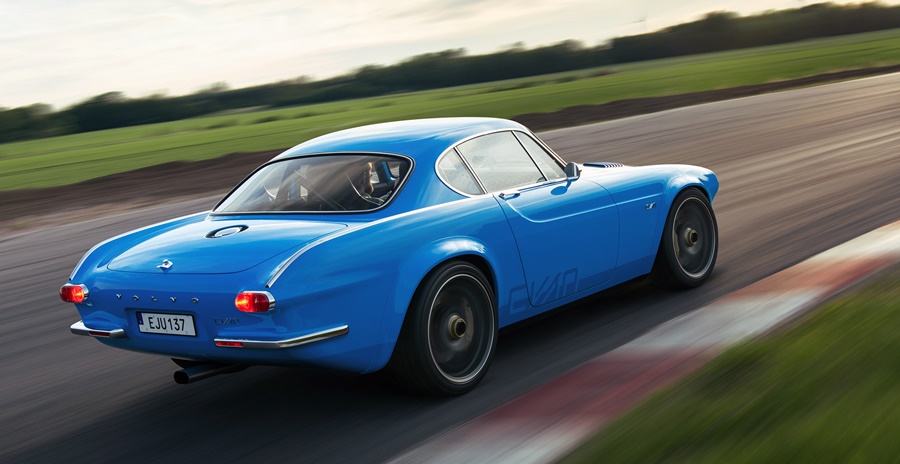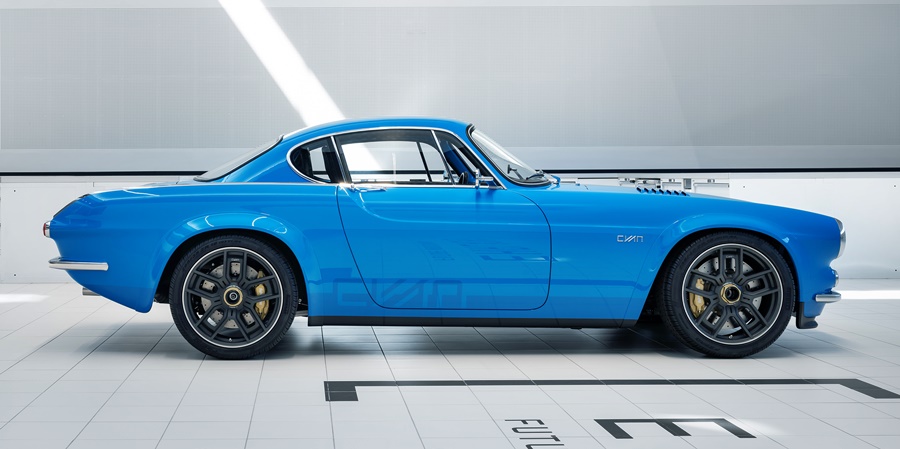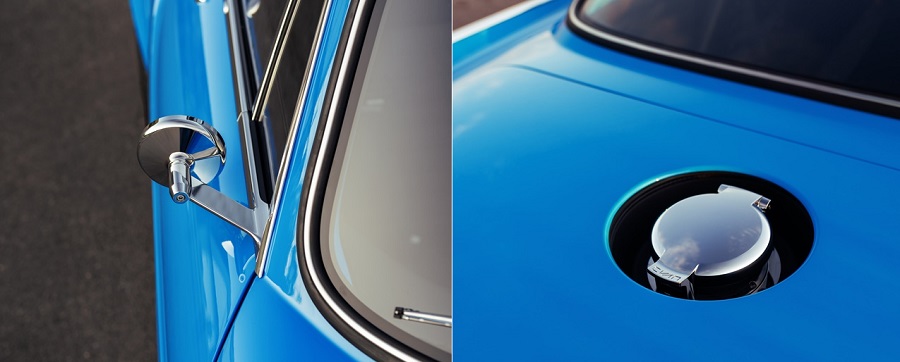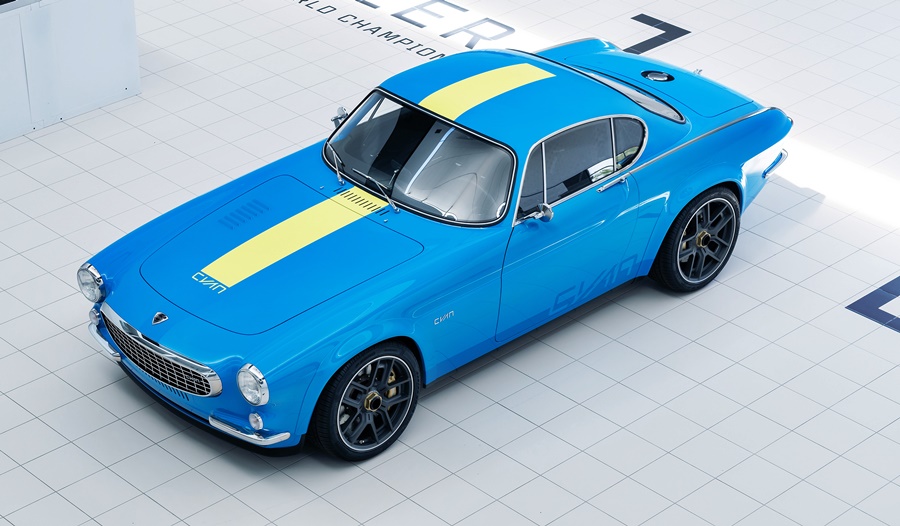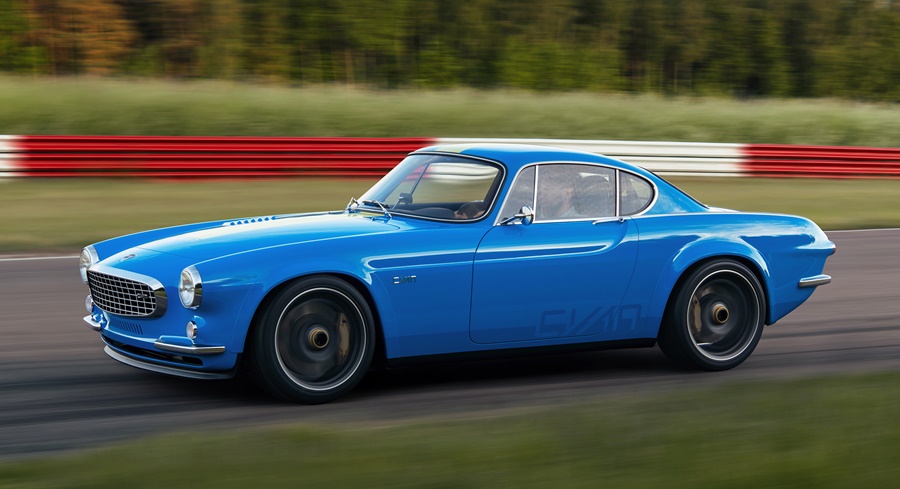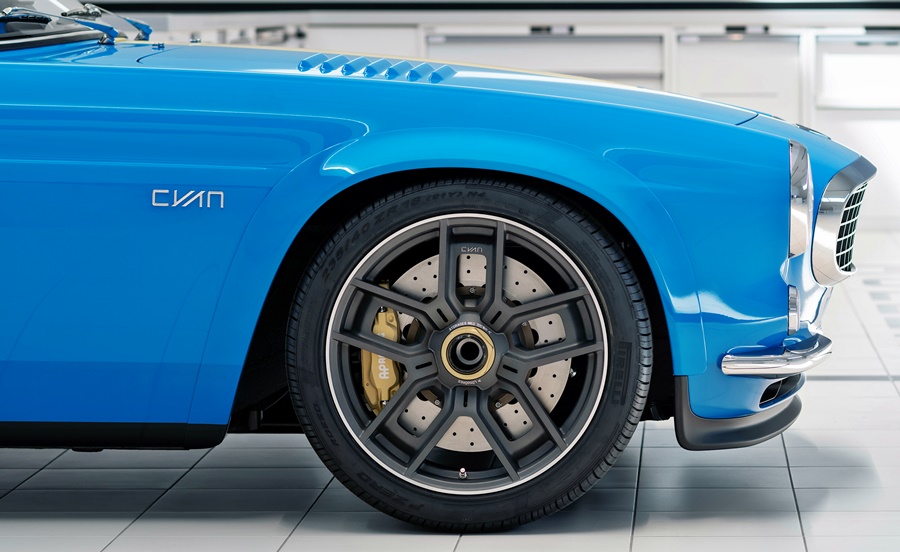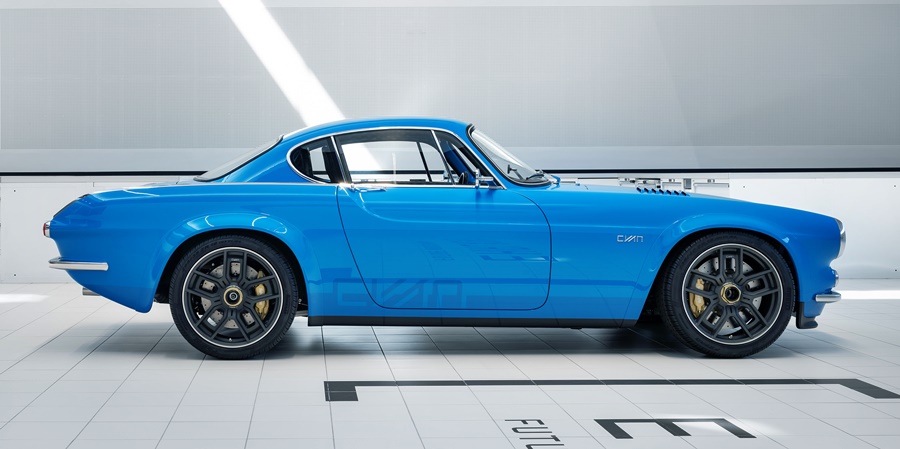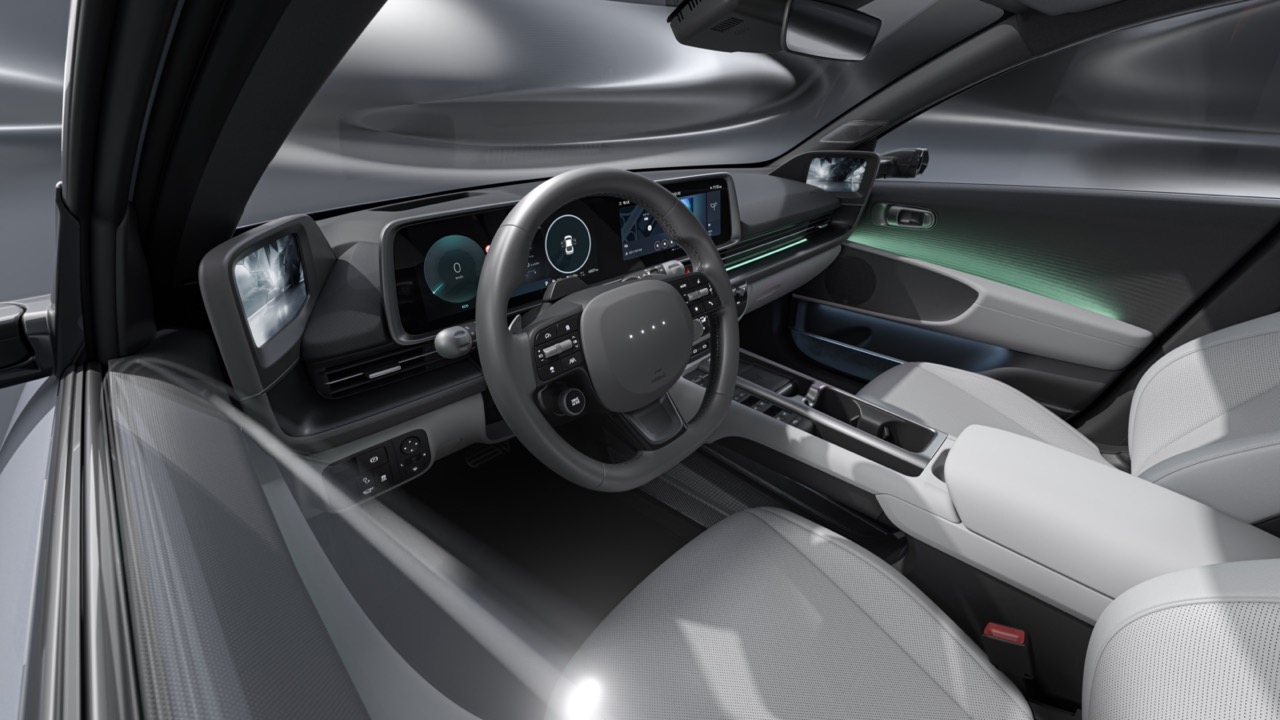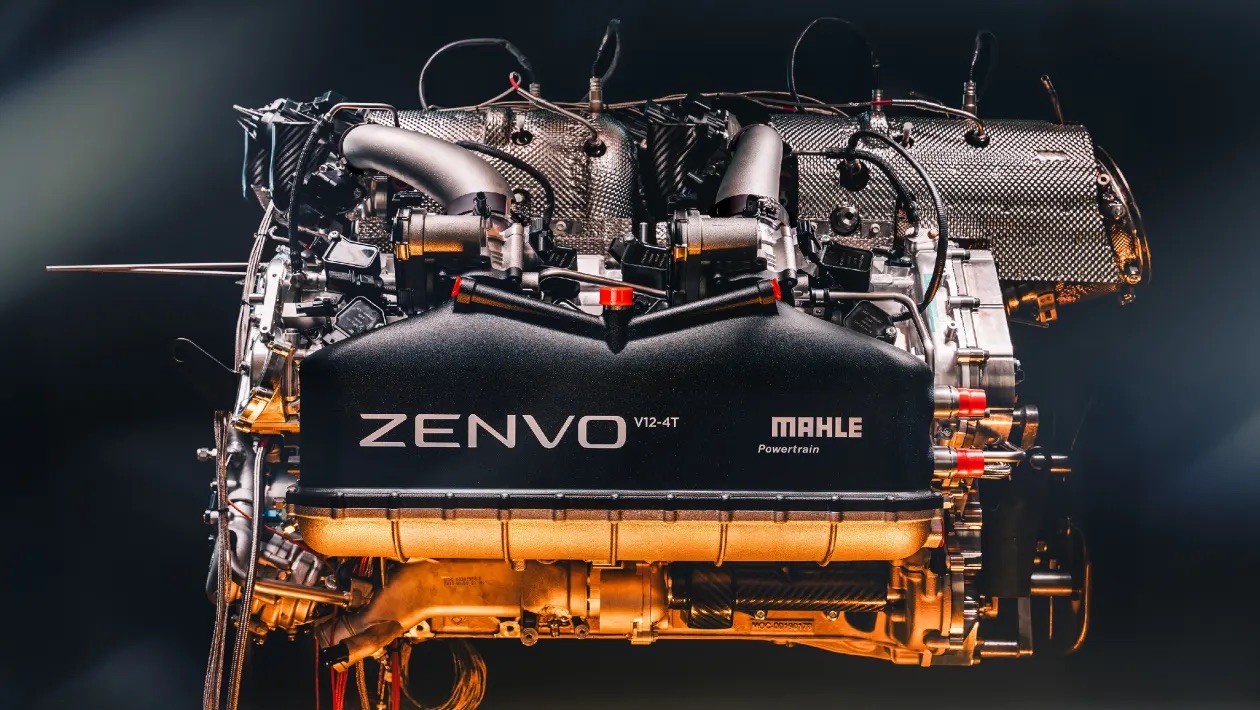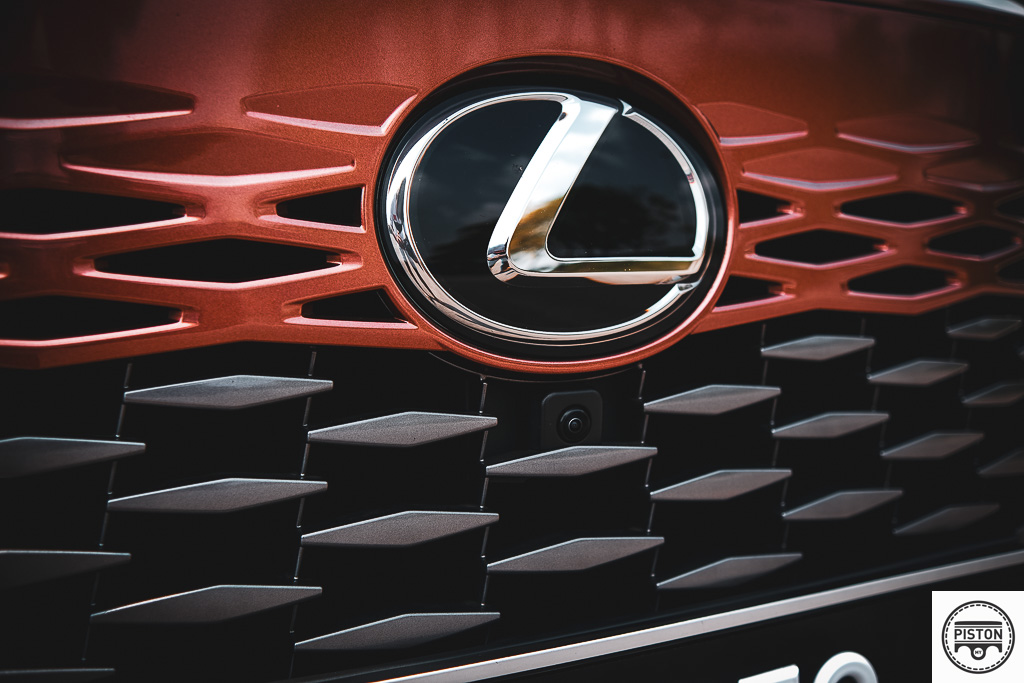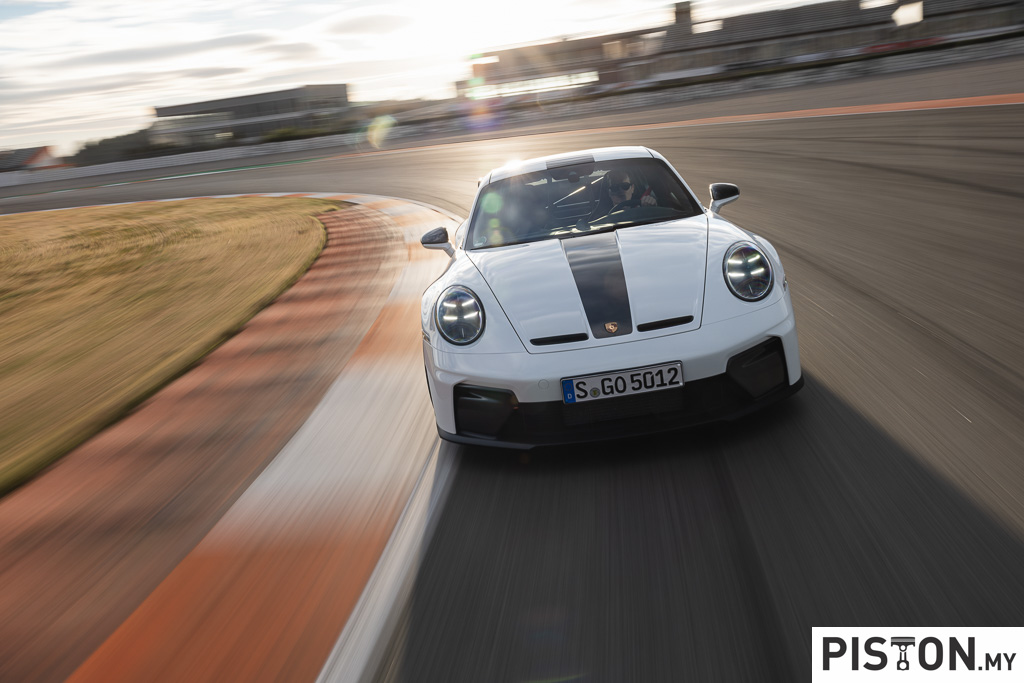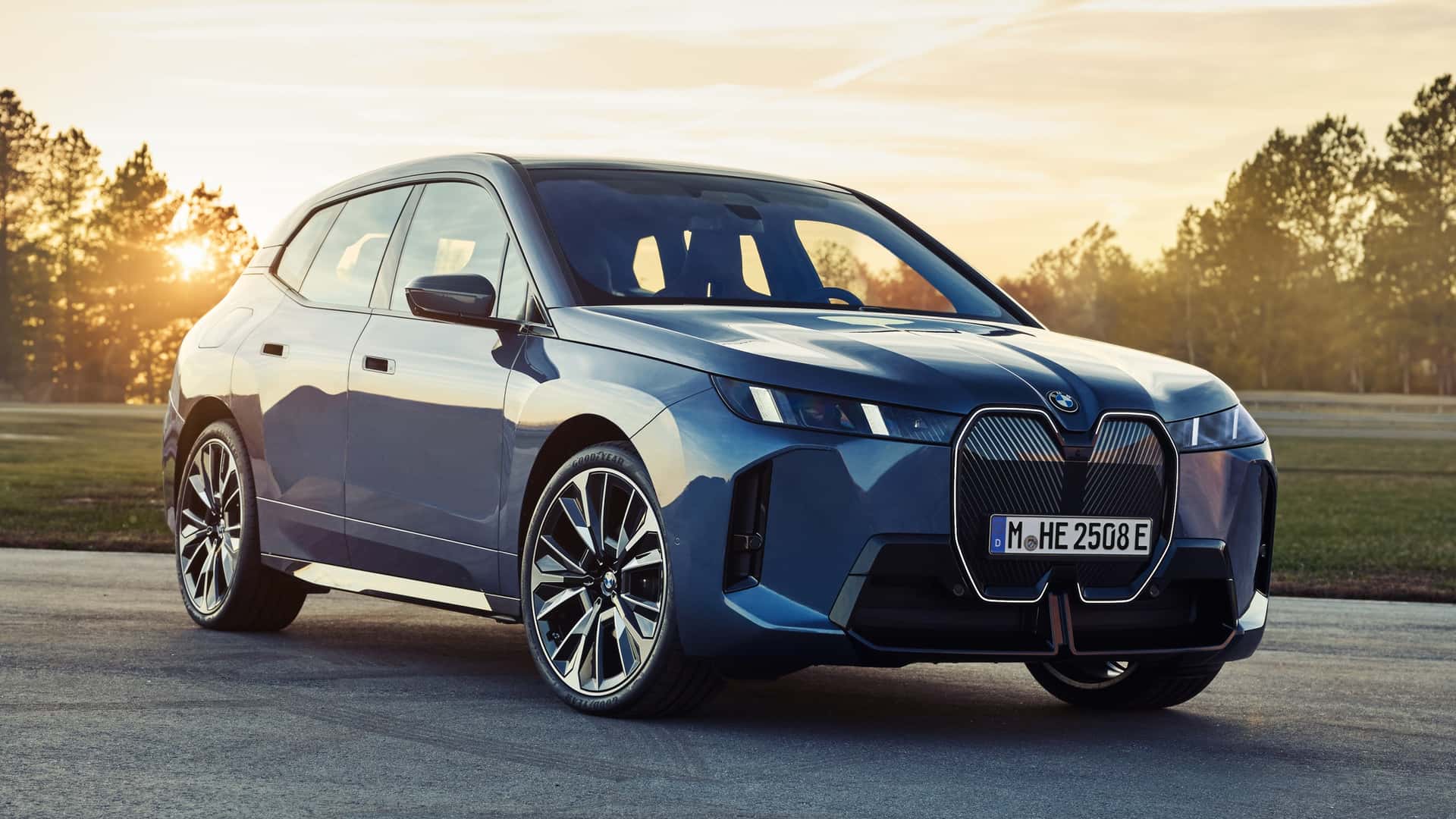We recently wrote about the Volvo P1800, an iconic sports model from the 1960s which also came to be known as ‘The Saint’s Car’. Now Cyan Racing, the reigning triple World Touring Car Champions, has revealed an interpretation of that car – the Volvo P1800 Cyan.
The original P1800 was unveiled in 1960, a year before the Jaguar E-Type, two years before the Ferrari 250 GTO and three years before the Porsche 911. “The Jaguar, the Ferrari and the Porsche are all cars with a continuation,” said Christian Dahl, CEO and founder of Cyan Racing. “That left us with inspiration to create what could have been if we, as a race team, had been there during the Sixties, racing the P1800, and got to design a road version of our race car.”
What could have been
In the age of autonomous driving, electrification and connectivity, Cyan Racing decided it was time to capture what has been and to make it timeless. “Obviously we could have built an electric Volvo P1800 filled with all the latest technology, comfort and luxury. But that was not what we wanted,” Dahl said. “Amid this paradigm shift, we decided to slow down time and freeze a part of it in our own time capsule. To take the best from the Golden Sixties and combine it with our capabilities of today, keeping a pure yet refined driving experience.”
Tailored to deliver genuine driving pleasure
While creating the P1800 Cyan, the team behind it decided to treat the design and engineering of the sixties with care, moving it forward in a delicate way. They applied their expertise in engine, aero and chassis design to make a car that delivers on the Cyan engineering philosophy in terms of predictability and intuitive driver control.
But it would also be lightweight and offer the analogue driving experience of the Sixties. “There are no driver aids to distort the driving experience, meaning no stability control, ABS or brake booster,” said Mattias Evensson, Project Manager and Head of Engineering at Cyan Racing.
“The Volvo P1800 Cyan is about clearing away anything disturbing the direct connection between driver, tyres and the road. Our objective has been to keep that undisturbed sensation whilst refining it with the best technology of today,” explained Evensson.
Carbonfibre and steel body
The bodywork has been altered to accommodate a wider track, larger wheels and repositioned greenhouse, among a long list of redesigns. “To put together an interpretation of an iconic design is a challenge. I think we succeeded in merging new technology without losing the character of the original Volvo P1800,” said Ola Granlund, Head of Design at Cyan Racing.
The P1800 Cyan which started life as one of the units produced in 1964 has been refined and reinforced utilizing high-strength steel and carbonfibre. “The basis for a precise and intuitive driving experience is a solid body structure. Cars from the Sixties are far from ideal when it comes to this due to weak points and steel quality that allow for flex,” said Evensson.
“We have redesigned the structure of the original shape and strengthened weak points in the chassis through triangulation, using high-strength steel and integrated the carbonfibre body with the chassis structure. The carbonfibre is not just a fine shell of separate panels, but rather structural components joined with high-strength adhesive to the steel. All parts of the carbonfibre are adding to the structural rigidity,” he said, adding that the car weighs just 990 kgs (lighter than a Perodua Myvi 1.5).
Powertrain from racing car
The 2-litre turbocharged 4-cylinder engine is based on the same engine as used in the world title-winning Volvo S60 TC1 race car, producing 420 bhp/455 Nm, with a redline at 7700 rpm. Although the engine is turbocharged, it is developed to deliver a linear power and torque curve with the characteristics of a normally aspirated engine. The engine character is designed to deliver a driving experience as in the Sixties but with increased performance and precision.
“While evaluating engines for the Volvo P1800 Cyan, we considered a wide range of Volvo engines, including the original B18, the ‘Red Block’ B230, the 5-cylinder ‘White Block’, the short inline 6-cylinder and the 4-cylinder VEA engine that power Volvos of today,” said Evensson.
“The efficient and lightweight VEA (Volvo Engine Architecture) gave us the best base, also allowing us to transfer our experience from the different versions of the VEA that we have designed for our race and performance cars of the past decade,” he said.
“We have adapted it to suit the Volvo P1800 Cyan with the power output increasing through the entire powerband. The power peaks late. It is designed for high revs a lot, with the torque intuitively linear to the pedal. We have learnt from racing where the drivers want perfect control of the torque, increasing precision and driving pleasure at the same time,” Evensson added.
A 5-speed bespoke Holinger gearbox has been selected to carry the mechanical feeling of the original Volvo P1800, but with greater gear change precision and capability of handling the increased torque. The live rear axle of the original car is replaced with a Cyan-designed independent rear suspension.
A key part to the engaging rear-wheel drive experience is the torque-biasing limited slip differential. The differential is mounted in a Holinger housing with unique gears in order to combine capable performance on a circuit with civilized behaviour for road use.
Pure driver focussed chassis
The fully adjustable front and rear suspension features bespoke lightweight components, including aluminium uprights, double wishbones and two-way adjustable dampers with Cyan hydraulics.
“The settings of the car are not aimed at fast lap times but rather to deliver an enjoyable and exciting driving experience. I feel my smile widening each time that I control the drift angle of the car through a long turn. The car goes where you point it. You can be brutal going into a corner and still find your apex and exit within millimetres,” said Thed Bjork, development driver and 2017 touring car world champion for Cyan Racing.
The carbonfibre-reinforced chassis is connected to the road with 18-inch forged rims with Pirelli P Zero 235/40 tyres at the front and 265/35 at the rear. Each wheel has 4-piston calipers with 362×32 mm steel discs with a ‘genuine feeling’ as no brake booster or ABS is there to interfere.
“The Volvo P1800 Cyan is the result of an advanced engineering process, involving many of the same talents who designed, built and developed our world title winning Volvo S60 TC1 Cyan,” said Dahl, adding that pricing and individual specification is available for those who want one.




